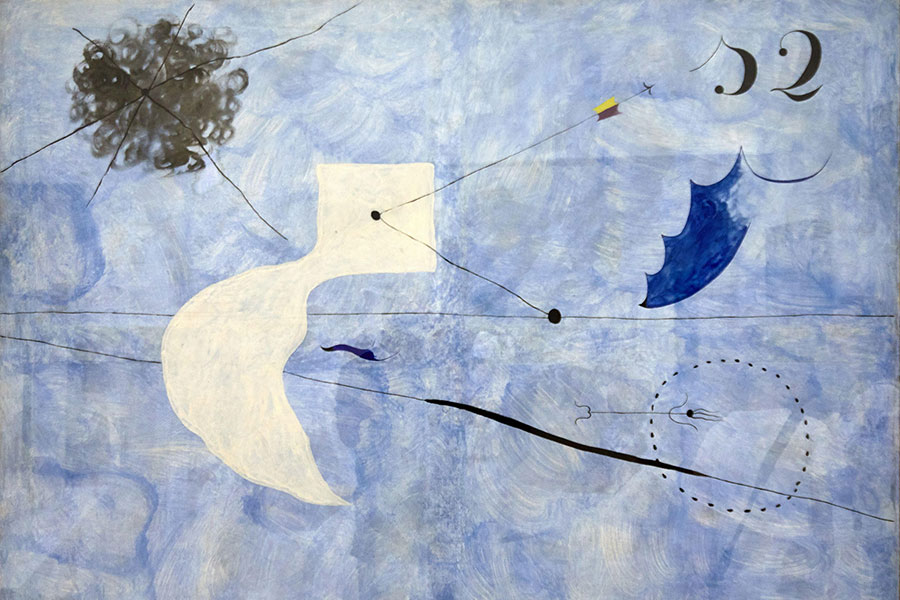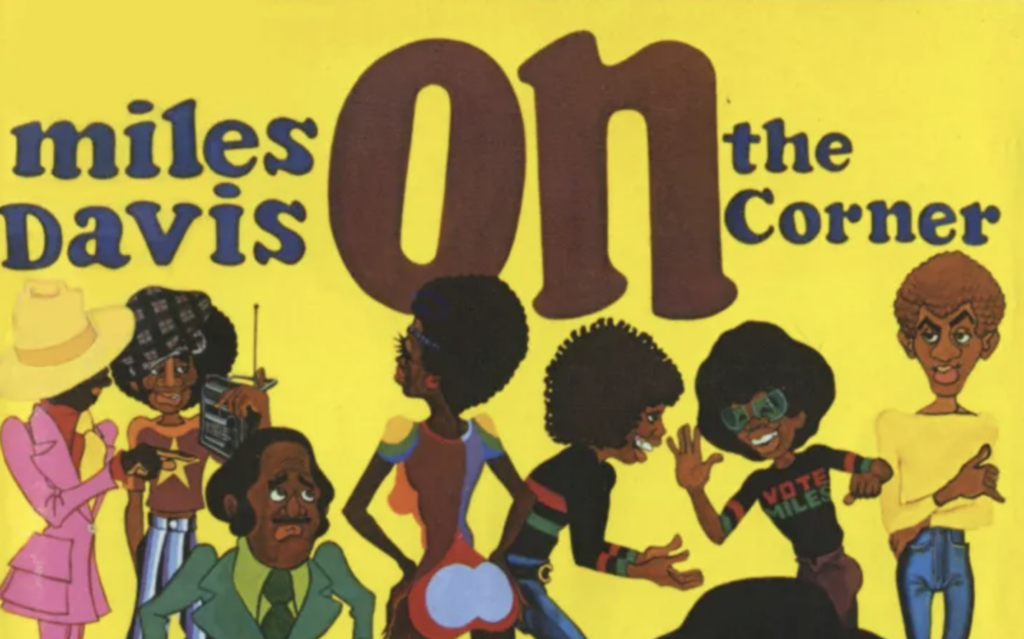Exploring the Enduring Legacy of Surrealism a Century after Breton's Manifesto

The more one delves into the world of Surrealism, the clearer it becomes that this movement, instigated by the charismatic Andr Breton, is less a fixed entity and more a vast ocean of ideas and expressions. This fluidity, a hallmark of Surrealism, is perhaps exactly what Breton intended when he published the "Manifesto of Surrealism" in 1924. Celebrating the power of the unconscious and the unknown, Surrealism resists definitive interpretations, and this open-endedness remains as relevant today as it was a century ago.
As we mark the centennial of Breton's influential manifesto, we are greeted by an avalanche of books, exhibitions, and discussions that attempt to unpack the movement's complexities. One notable exhibition is currently underway in Paris at the Centre Pompidou, with a version set to debut at the Philadelphia Museum of Art in November. This substantial display seeks to shed light on the many facets of Surrealism, from its political ambitions to its artistic innovations. Critics and historians frequently turn to Breton's early writings for guidance; his definition of Surrealism as "psychic automatism in its pure state" and his assertion of "the omnipotence of dream" are frequently cited yet fail to capture the enduring magnetism of Surrealism for artists, writers, filmmakers, critics, and the broader public.
In his recent work, "Why Surrealism Matters," Mark Polizzotti endeavors to clarify the movement's relentless allure. With a depth of knowledge few can match, Polizzotti describes Surrealism using various terms: a tool, a methodology, an agent of change, a disruptor, and an adventure. He compiles these descriptions into a rich tapestry that underscores the fluid nature of Surrealism, which from its inception embraced both cultural and political aspirations. In 1935, Breton famously declared: "Transform the world," echoing Marx, and "change life," a sentiment inspired by Rimbaud, suggesting a longing for a harmonious union of artistic and political revolutions. However, the question remains: Can such disparate ideologies truly coexist? The French Communist Party, with which Breton sought an alliance, certainly did not see the integration of avant-garde bohemianism and proletarian dictatorship as feasible.
The constant evolution and fragmentation of Surrealism are evident in the myriad publications released for its centenary. Noteworthy works include "Forbidden Territories," which presents a hundred years of Surrealist landscapes, and "Surrealism and Anti-fascism," a comprehensive anthology of writings that features influential thinkers such as Theodor Adorno and Walter Benjamin. For some artists, Surrealism has provided a means to innovate and transform the popular imagination, as seen in Salvador Dals iconic melting watches. Meanwhile, for others like Joan Mir and Andr Masson, the movement's improvisational practices fostered lyrical explorations. The movements fascination with the unorthodox extends to the many journals produced by its members, which highlight its anthropological and sociological aspirations, as well as an appreciation for non-European and premodern cultures.
Surrealism's embrace of dreams, the other, and the unconscious opens the door to limitless possibilities. The Pompidou exhibition, for instance, is divided into thirteen thematic sectionssuch as "Trajectory of the Dream," "Chimera," and "Political Monsters"reflecting the multifaceted nature of Surrealism. In contrast, Polizzottis "Why Surrealism Matters" features chapters titled "Transformation," "Appropriation," and "Revolution," illustrating Surrealism's ability to intertwine seemingly disparate elements. This adaptability has led to a new generation of scholars who are reinterpreting the movements past, particularly its retrograde views on colonialism and sexuality, as a springboard for contemporary progressive thought.
Andr Breton, born in 1896, experienced the devastation of World War I firsthand as a medical orderly. This tumultuous time, coupled with his subsequent exposure to the psychological scars inflicted upon young soldiers during his time at a psychiatric facility, ignited his lifelong engagement with Freudian theories. As an aspiring poet, Breton initially aligned himself with the Dadaist movement, which emerged during the war as a response to the chaos enveloping Europe. Recognizing the need for a more cohesive theory, he launched the Surrealist revolution in 1924, building on Dadas ethos while seeking to establish a more robust intellectual foundation.
The Surrealist movement entered an already crowded ideological space, with its members grappling with Marxism, Freudianism, mysticism, and the emerging avant-garde. Drawing inspiration from a diverse range of sourcesincluding Marx, Freud, and various artistic movementsSurrealism emerged as a bold statement in the art world. Breton's ability to assert his views with unwavering conviction allowed Surrealism to flourish, despite the shifting landscape of ideologies. It wasn't merely a viewpoint but a worldview that sought to encompass a myriad of influences, from Baudelaire to Rimbaud, forming a complex tapestry of references and themes.
Marcel Raymond captures the essence of Breton's mission in his analysis of the movement, highlighting Breton's fervent quest for the marvelous and a total freedom of the mind. One of the central dilemmas of Surrealism is its paradoxical naturesearching for the future in the past, and the interplay between new artistic expressions and ancient dreams. In his "Second Manifesto of Surrealism," published in 1929, Breton posited that the minds contradictions could intertwine to reveal deeper truths, suggesting a quest to transcend binaries such as life and death or reality and imagination.
While Breton's contributions as a writer and thinker may not place him alongside the greatest poets, his workssuch as "Nadja" and "L'Amour fou"are considered classics, straddling the line between fiction and poetic nonfiction. Moreover, the collaborative spirit of the Surrealist movement relied heavily on the contributions of a diverse group of individuals, including writers Paul luard and Georges Bataille, filmmaker Luis Buuel, and artists like Max Ernst and Ren Magritte, all of whom played pivotal roles in its evolution.
Bretons charisma and intellectual prowess solidified his position as the Pope of Surrealism, a title laden with irony given the movement's vehement criticism of organized religion. Polizzottis biography paints an intricate portrait of Bretons complex persona, revealing the internal struggles that often belied his public dogmatism. Despite fleeing Europe during World War II, Breton maintained a vibrant intellectual community in the United States, where his interactions with fellow artists invigorated the New York art scene and influenced the rise of Abstract Expressionism.
Upon his return to France, Breton faced challenges from the French Communist Party, who held his association with Trotsky against him. Yet, he persistently championed Surrealism, holding gatherings at a favored caf and witnessing a resurgence of interest in his ideas, especially among younger generations. The intertwining of politics and art, which Jean-Luc Godard explored in his films, formed part of the Surrealist legacy, where emotional resonance often outweighed practical concerns.
Although visual arts were not the focal point of Breton's manifestos, he maintained a deep appreciation for artistic expression throughout his life. His critical eye and eclectic collection of artworksfrom contemporary pieces to indigenous artreflected his commitment to Surrealism as a broader social and political phenomenon. Breton's efforts to popularize Surrealist art culminated in a landmark exhibition he co-organized in 1947 that captivated audiences and laid the groundwork for the movement's ongoing legacy.
The recent Pompidou exhibition, organized by curators Didier Ottinger and Marie Sarr, pays homage to the intricate complexities of Surrealism. From its immersive entrance that mimics the mouth of a ravenous monster to its diverse collection of thematic displays, the exhibition invites visitors to explore the movements rich history and the myriad interpretations it has inspired. However, the exhibition's thematic approach has met with mixed reviews, with some critics questioning the effectiveness of grouping artwork that, while related thematically, may lack a coherent narrative when viewed together.
One of the most quoted sections of Breton's first manifesto critiques literary naturalism, advocating for an exploration of deeper truths through artistic expression. In his writings on visual art, Breton championed the idea of artists creating without preconceived notions, akin to the literary automatism he advocated. However, he also acknowledged the challenges of achieving true freedom in creation, recognizing that cultural conditioning often influences artistic expression.
Breton and the Surrealists viewed art as a reflection of the human experience. Their interest in works by untrained artists or those deemed mentally ill stemmed from a desire to uncover new forms of beauty and understand the concept of 'otherness.' This fascination extended to the eerie and thought-provoking works produced by artists like Hans Bellmer and Max Ernst, whose creations drew from a wealth of cultural references and personal histories.
In recent years, there has been a resurgence of interest in the contributions of female artists within the Surrealist movement, despite the prevalent misogyny of the time. Notable figures such as Leonora Carrington and Dorothea Tanning are garnering recognition for their unique perspectives and innovative works, as seen in the Pompidou exhibition. Tanning's installation, "Chambre 202, Hotel de Pavot," exemplifies the movement's ability to reconfigure memories and dreams into tangible art forms, albeit with a certain emotional distance.
The Pompidou exhibition serves as both an art showcase and a historical narrative. It encourages visitors to engage with complex ideasdark forests, political tensions, and cosmic imaginingswhile reflecting on the ways in which Surrealism has permeated contemporary culture. Breton's apprehension about the commercialization of Surrealism remains relevant today, as the movement continues to influence fashion, advertising, and popular media.
In examining the legacy of Surrealism, it is evident that the movement's themes remain potent and relevant. As scholars and artists continue to engage with its rich history, they uncover layers of meaning that resonate with contemporary audiences. The essays in Mary Ann Caws' recent anthology exemplify this approach, emphasizing the interconnectedness of artistic movements and the fluidity of Surrealism itself. Caws approaches her subjects with a conversational tone, merging the past with present-day reflections on art and experience.
Ultimately, Breton's quest for a deeper understanding of the human condition, intertwined with his search for both order and chaos within artistic expression, speaks to the core of what Surrealism represents. Despite the complexities and contradictions inherent in the movement, its ongoing exploration of identity, politics, and the unconscious ensures that it remains an essential lens through which to view art and culture today.
















